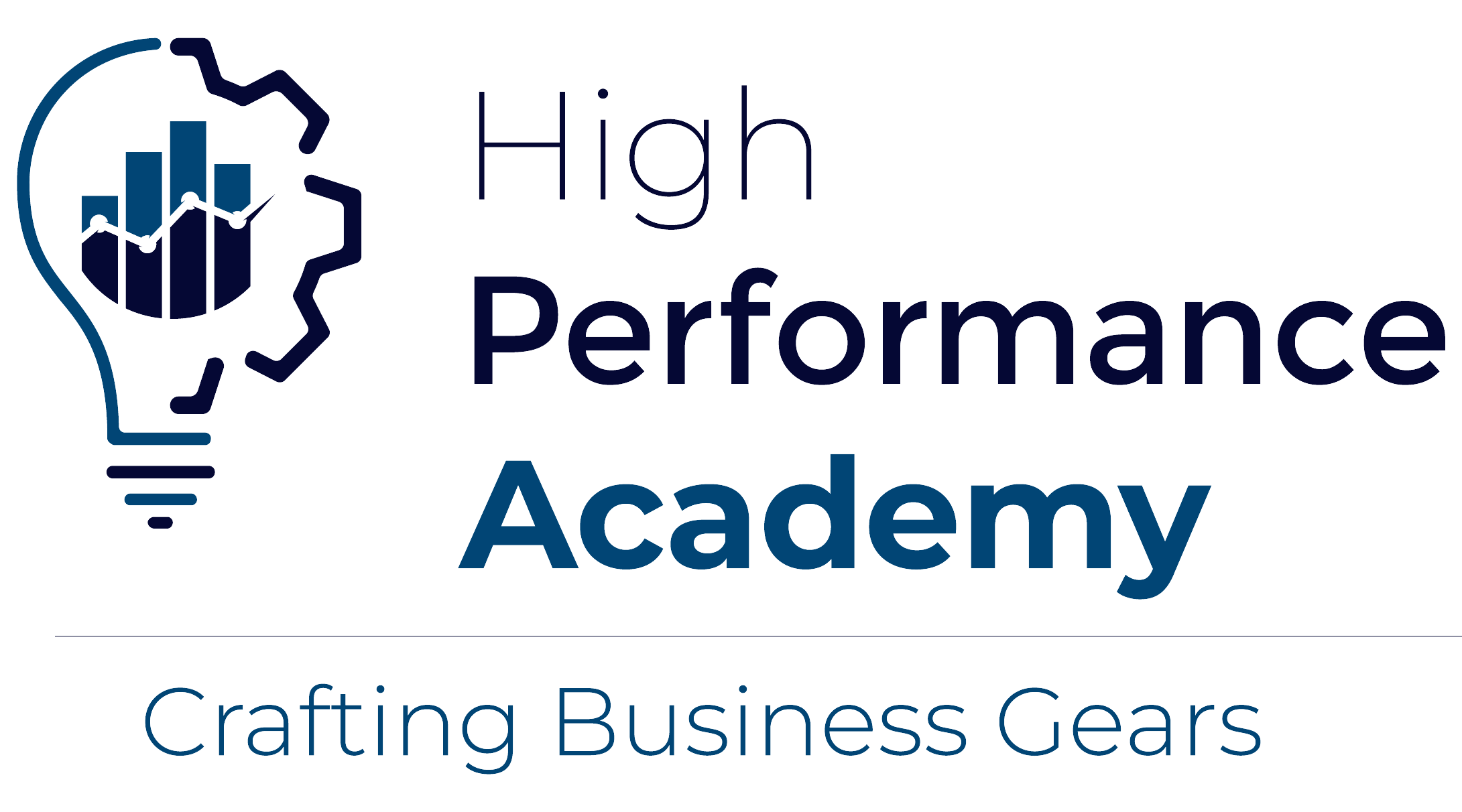Quality Initiatives In Supply Chain Management
Quality Initiatives In Supply Chain Management
ISO, TQM, KAIZEN, Lean Six Sigma & Six Sigma
There are many quality improvement initiatives available. The topic which is in common between all of them is achieving continuous improvement for products, services, and processes, but each one of the quality improvement standards has its own methodology to achieve continuous improvement.
Confusion often exists between operation management, operation research, industrial engineering, and quality/process improvement. The difference is that operation management is considered a management science while others are basically quantitative methods used in decision science or engineering. In meanwhile operation management will often use set of tools of operation research or industrial engineering, in other words, operation management concerned with entire system used in the production and delivery of goods and services while other concepts rather than operation management focused on improving the performance of the system in one side and other side improve the quality of making decision .
Overview of different quality improvement initiatives
ISO 9001:2015 is a standard that set out the requirements for a quality management system . it helps businesses and organization to be more efficient and improve customer satisfaction.
For an organization to function effectively, it has to determine numerous linked activities, these activities using resources and managed in order to enable the transformation of inputs to outputs. The advantage of the process approach is the ongoing control that it provides over the linkage between the individual processes within a system of processes, as well as over their combination and interaction.
TQM is a management philosophy that builds a customer-driven, learning organization to achieve customer satisfaction through continuous improvement of efficiency and effectiveness of the organization and its processes. The essence of TQM is not controlling quality through inspection but to build quality through the design of products and services meets customer specifications.
TQM is an approach grounded on three core principles; a) customer focus, b) teamwork, c) continuous improvement. It provides only general guidelines for management to follow and the application of TQM philosophy is different from one organization to another. Customer satisfaction under TQM quality improvement initiative can be achieved through general guidelines and principles for management to follow and continuous improvement. TQM promotes the PDCA cycle to achieve continuous improvement in all organizational processes.
Kaizen is a process improvement activity that involves the use of chartered process improvement teams to identify waste in different processes, and to implement immediate, sustainable solutions to sustain waste elimination or reduction
In Japan, Kaizen is the foundation for all improvement endeavors: TQM, Quality Circles, Quality Function Deployment, etc. The Japanese Kaizen process emphasizes continuous, ongoing improvement. If you walk into a factory or service operation, it should not be operating the same way it was a year before.
Kaizen projects should be visual in nature and improvements should primarily be identifiable using physical observation tools versus in-depth analytics. They tend to be narrow in scope. These projects should relate to customer or business needs, just like any other improvement project, and should have a scope large enough to allow several people to work together. Ideally, Kaizen projects permit teams to experiment with changes on the spot.
Kaizen methods are internationally acknowledged as methods of continuous improvement, through small steps, of the economic results of companies. The small improvements applied to key processes will generate the major multiplication of the company’s profit while constituting a secure way to obtain the clients. The companies that want to have performance must keep their leading position on the market by increasing the quality level of the services provided, reducing costs and last, but not least, motivating the whole staff in order to implement the concept of performance-oriented organization.
Process of kaizen idea application is closed in PDCA cycle, where, plan (P) refers to establishing the aim for improvement, do (D) is connected with implementing the plan, check (C) defines determining whether the implementation has brought the planned improvement, act (A) characterizes standardizing as the preventing recurrence of the original problem or setting goals for the new improvement.
Lean Six Sigma is an approach combining and capitalizing the strengths of the Six Sigma and Lean Management improvement programs. It has been claimed that companies that practice either lean management or Six Sigma exclusively would reach a point of diminishing returns.’
Lean Six Sigma for services is a business improvement methodology that maximizes shareholder value by achieving the fastest rate of improvement in customer satisfaction, cost, quality, process speed, and invested capital. Six Sigma, emphasizes the need to recognize opportunities and eliminate defects as defined by customers, recognizes that variation hinders our ability to reliably deliver high-quality services, requires data-driven decisions and incorporates a comprehensive set of quality tools under a powerful framework for effective problem solving, provides a highly prescriptive cultural infrastructure effective in obtaining sustainable results. Lean, on the hand, focuses on maximizing process velocity, provides tools for analyzing process flow and delay times at each activity in a process centers on the separation of “value-added” from “non-value added” work with tools to eliminate the root causes of non-value add activities and their cost, provides a means for quantifying and eliminating the cost of complexity .
As long as the main objective of Lean Six Sigma is to increase quality and reduce variation while increasing processes speed and efficiency, therefore; it can be concluded that Lean Six Sigma is not a suitable tool to be applied in this research, because of its focus beyond the scope of this research.
Six Sigma is a highly disciplined process that helps to focus on developing and delivering almost- perfect products and services. It is a business management strategy that strives to improve the quality of process outputs. It identifies and eliminates causes of errors and reduces variability in business processes and manufacturing. In other words, the main objective of Six Sigma is to reduce process variation. It also a customer-focused methodology that drives out waste and improves the financial performance of an organization. Six Sigma advocates see variation as the enemy of quality.
Six Sigma strategy aims not only at developing management commitment, but also their active involvements. Top management is committed to identifying the most important and significant business processes inside the organization, measuring their efficiency and effectiveness and initiate improvements to the lowest performance process. The main differences between Six Sigma and other quality improvement initiatives are that other quality initiatives involve no or little management commitment and there wasn’t strategic element
Discover All our programs in supply chain
Tag:Supply chain



